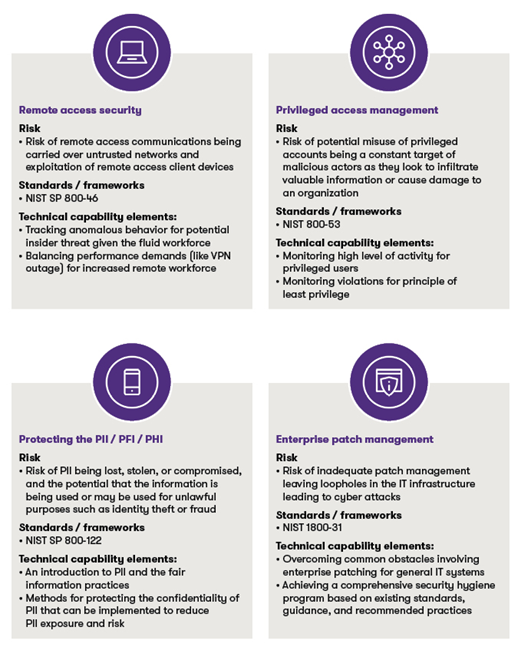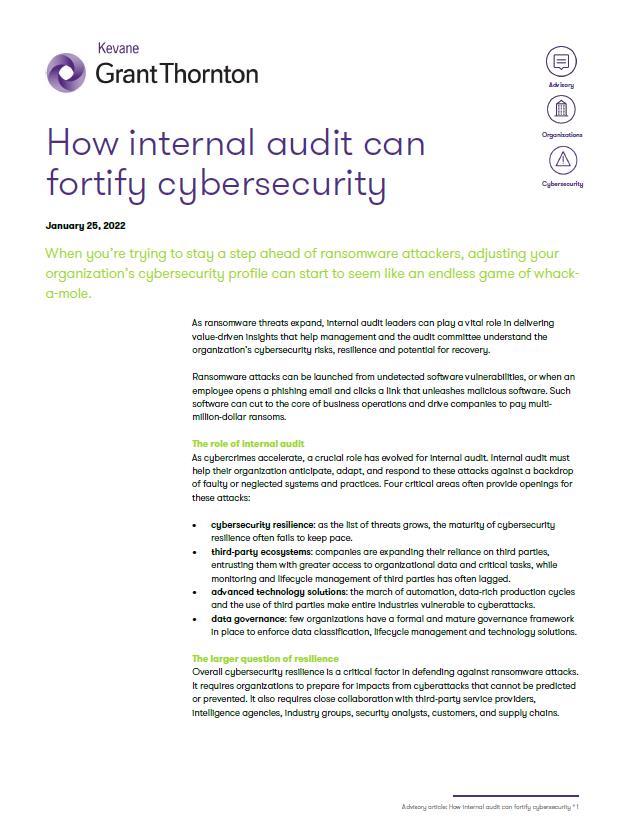-
Financial statements audits
Financial statement audits
-
Compliance audits
Compliance audits
-
Compilations and reviews
Compilations and audit
-
Agreed-upon procedures
Agreed-upon procedures
-
Tax compliance
Business Tax
-
Global mobility services
Through our global organisation of member firms, we support both companies and individuals, providing insightful solutions to minimise the tax burden for both parties.
-
Sales and use tax and indirect taxes
SUT/ VAT & indirect taxes
-
Tax incentives
Navigating the complex landscape of tax incentives in Puerto Rico can be challenging. Whether you're looking to benefit from the Export Services Act (Act 20), the Individual Investors Act (Act 22), or other incentives under Act 60, we provide tailored advice to help you maximize your tax benefits and ensure compliance. Let us help you unlock the potential of doing business in Puerto Rico.
-
Transfer Pricing
The laws surrounding transfer pricing are becoming ever more complex, as tax affairs of multinational companies are facing scrutiny from media, regulators and the public
-
International Business Center
Kevane Grant Thornton is an International Business Center within the Grant Thornton network. Our expert team provides integrated solutions to help Puerto Rico businesses navigate the complex issues that arise when developing global businesses.

-
Business consulting
Our business consulting services can help you improve your operational performance and productivity, adding value throughout your growth life cycle.
-
Outsourcing
Our outsourcing services allow you to save time and money in order to concentrate on the competencies and the core business activities.
-
Business Risk Advisory
Risk is inevitable but manageable. We deliver relevant, timely and practical advices to aid organizations manage risk and improve business performance. We can help you identify, understand and manage potential risks to safeguard your business and comply with regulatory requirements.
-
Technology Advisory
We provide comprehensive solutions to safeguard your business and ensure operational resilience and compliance. Our expert team offers a range of technology advisory services designed to address your cybersecurity needs, enhance business continuity, and manage security effectively.
-
Transactional advisory services
Transactions are significant events in the life of a business – a successful deal that can have a lasting impact on the future shape of the organizations involved. Because the stakes are high for both buyers and sellers, experience, determination and pragmatism are required to bring deals safely through to conclusion.
-
Forensic and investigative services
At Grant Thornton, we have a wealth of knowledge in forensic services and can support you with issues such as dispute resolution, fraud and insurance claims.

As ransomware threats expand, internal audit leaders can play a vital role in delivering value-driven insights that help management and the audit committee understand the organization’s cybersecurity risks, resilience and potential for recovery.
Ransomware attacks can be launched from undetected software vulnerabilities, or when an employee opens a phishing email and clicks a link that unleashes malicious software. Such software can cut to the core of business operations and drive companies to pay multi-million-dollar ransoms.
The role of internal audit
As cybercrimes accelerate, a crucial role has evolved for internal audit. Internal audit must help their organization anticipate, adapt, and respond to these attacks against a backdrop of faulty or neglected systems and practices. Four critical areas often provide openings for these attacks:
- cybersecurity resilience: as the list of threats grows, the maturity of cybersecurity resilience often fails to keep pace.
- third-party ecosystems: companies are expanding their reliance on third parties, entrusting them with greater access to organizational data and critical tasks, while monitoring and lifecycle management of third parties has often lagged.
- advanced technology solutions: the march of automation, data-rich production cycles and the use of third parties make entire industries vulnerable to cyberattacks.
- data governance: few organizations have a formal and mature governance framework in place to enforce data classification, lifecycle management and technology solutions.
The larger question of resilience
Overall cybersecurity resilience is a critical factor in defending against ransomware attacks. It requires organizations to prepare for impacts from cyberattacks that cannot be predicted or prevented. It also requires close collaboration with third-party service providers, intelligence agencies, industry groups, security analysts, customers, and supply chains.
The key elements of cybersecurity resilience include:
- governance: this includes building collaborative communities and intelligence sharing, assessment, and validation, defining and enforcing roles and responsibilities, promoting accurate reporting, and making informed decisions.
- detective and protective controls: some examples of controls are user access reviews, strategic system segmentation and user integrity assurance. These follow the principle of least privilege, ensuring that access is aligned to the minimum access needed to perform a job.
- technical capability with optimized controls: this calls for ensuring that the standard response processes to an attack become the minimum acceptable level; reviewing changes in technology; tracking, logging, and alerting; and testing the controls through the use of adversary emulation.
- response and recovery: it is essential to regularly update incident response plans, train users based on current threats, and build resilience recovery based on the standard recovery processes of backup, disaster recovery and continuity planning.
The evaluation of evaluations
To form a coordinated defense, organizations must ensure that their technical controls stay updated and effective across a range of factors. Internal audit can play an invaluable role in evaluating the risk landscape, communicating the impact of a risk materializing, performing technical audits aligned to changing risks, reviewing cybersecurity insurance coverage and ensuring board-level reporting.
One effective way to evaluate technical controls is by using a risk-based framework. Internal audit can leverage comprehensive standards such as these standards and others in the NIST 800 series provide practical guidance on how to address tangible risks with technical controls:

The plan to respond
When internal audit stays up to date with cybersecurity trends and leading practices, it is well-positioned to independently monitor an organization’s cybersecurity resilience, recommend how the organization can mature its program and update its incident response plan.
There are several opportunities for internal audit to enhance incident response plans.
- guidance: internal audit can provide guidance on a plan that is aligned with cybersecurity policy and procedures while also being easier to implement and monitor.
- templates and playbooks: internal audit can help ensure these are customizable and come preconfigured to automate multistep responses.
- tools: internal audit can help identify tools to assist teams in responding to a greater number of increasingly sophisticated attacks on increasingly complex systems.
The test
Internal audit leaders know that organizations need to go on the offensive by aggressively testing their defensive measures. Many use the following advanced approaches in tandem:
- proactive cybersecurity assessment: this evaluates an organization’s environment for the presence of attacker activity, using tools like CrowdStrike to search for signs of compromise, technology hygiene issues and lack of controls.
- adversary emulation assessment (AEA): this is a controlled execution of a security test that mimics a real-world cyberattack to test the effectiveness of technical controls. It is different from a penetration test because it focuses on specific threat-actor tactics and control areas.
In tandem, these approaches add value by providing robust insights into cybersecurity control risks, system hygiene and potential exposures. They also afford deeper, more focused testing and yield recommendations that help defend against intrusions and respond to threats.
Source: Grant Thornton library articles
We are committed to keep you updated of all developments that may affect the way you do business in Puerto Rico. Please contact us for assistance in relation to this or any other matter, we will be glad to assist you.






